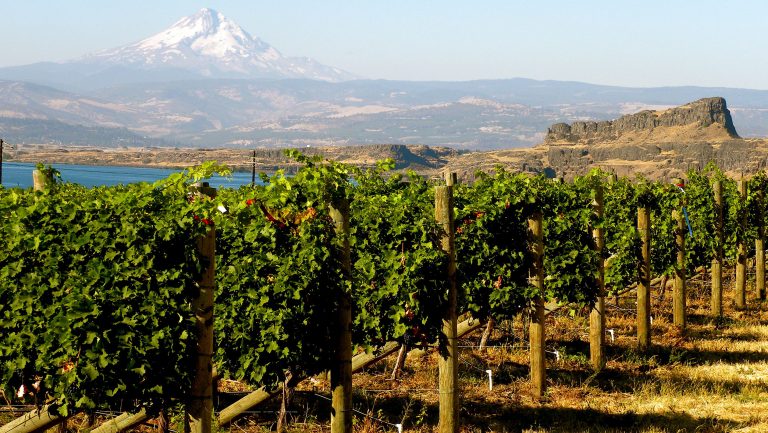
An Insider’s Look at 7 Potential New AVAs
Seven of the latest proposed American Viticulture Areas come from California, Washington, and Texas

Sophia McDonald is a freelance writer who lives in Eugene, Oregon. Her work has appeared in numerous publications and on websites, including Wine Enthusiast, Eating Well, Sip Northwest, and 1859 Oregon’s Magazine.

Seven of the latest proposed American Viticulture Areas come from California, Washington, and Texas

A solid understanding of numbers, industry insight, and good connections are key credentials to secure this vital position in a beverage company
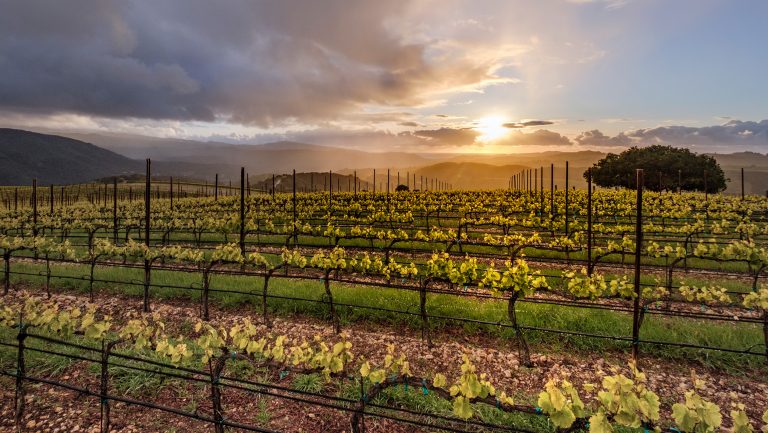
The state’s potential new American Viticultural Areas stretch from Sonoma to San Diego County
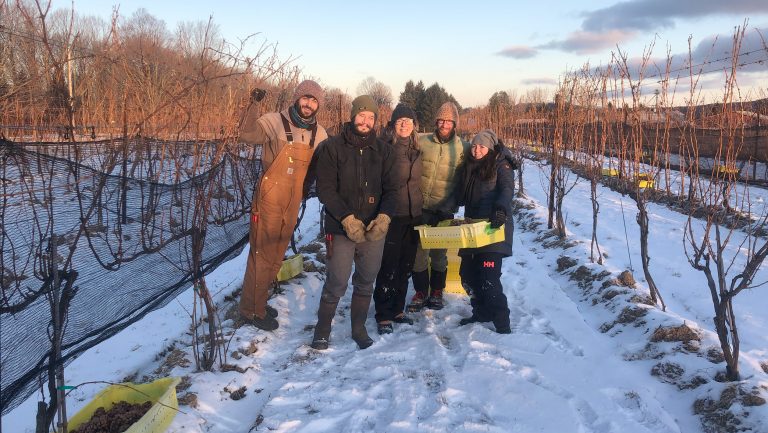
California isn’t the only state proposing new AVAs. Petitions are being considered for unexpected appellations on the East Coast and in the Midwest
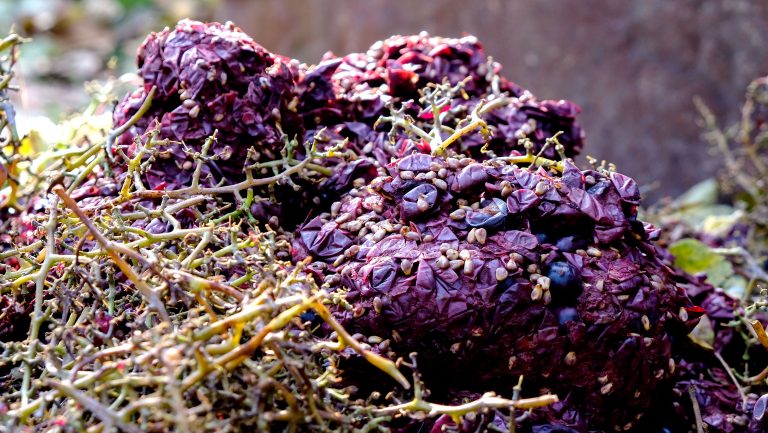
Discarded grape pomace, free-run press juice, and dropped fruit can all become key ingredients in other revenue-driving products, from cosmetics to vermouth
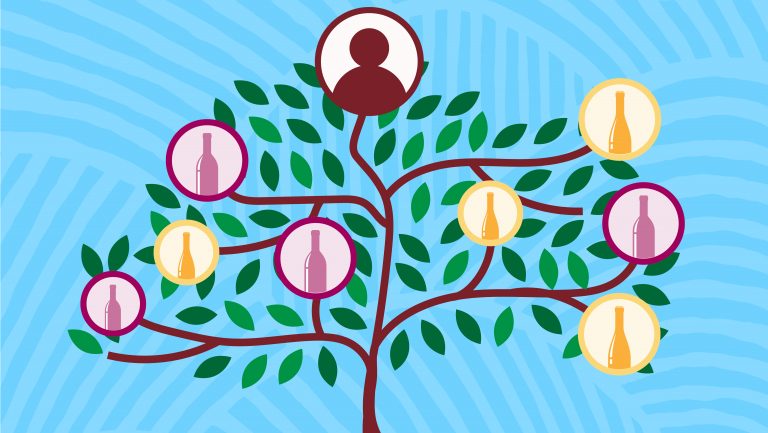
Beverage company owners have many options for succession when they’re ready to retire. The key is to start planning early
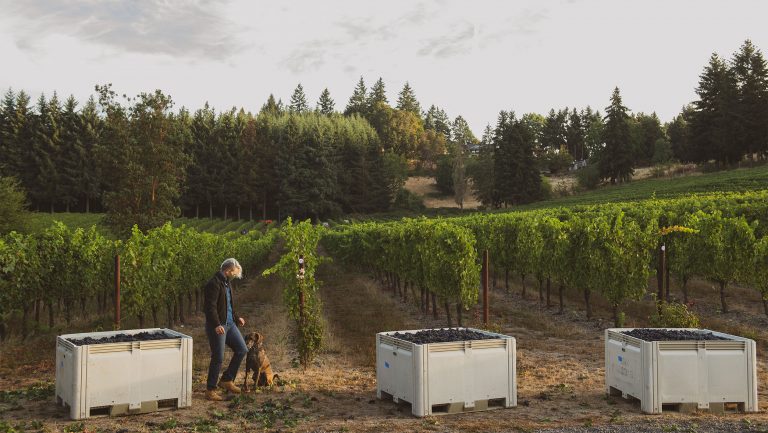
Grapes such as Lagrein, Saperavi, and Ciliegiolo offer both opportunities and challenges to winemakers looking to set themselves apart

The Assemblage Symposium brought together underrepresented voices in the wine industry to discuss and share ideas that inspire action
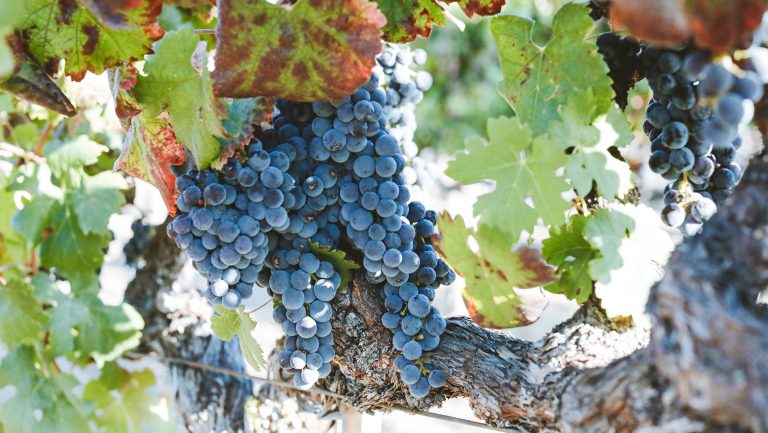
Northern California wineries that rely on Merlot for Bordeaux-style blends and varietal wines are struggling to secure enough high-quality grapes. What’s driving this shortage and what can be done to fix it?
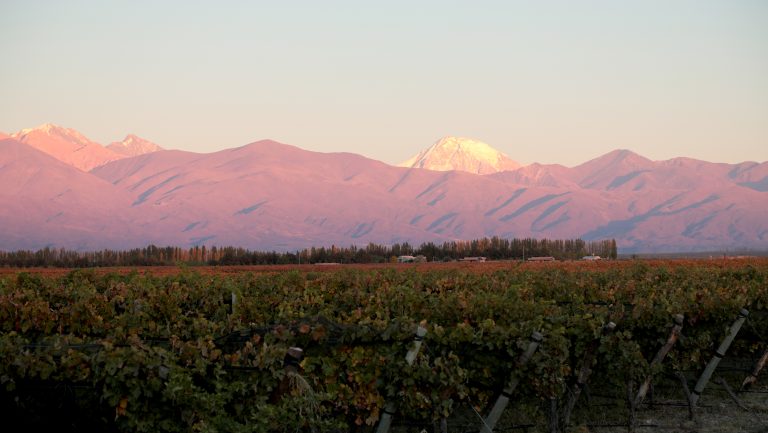
Many new AVAs have been created based on the impact of wind—but those winds, including famed ones from around the world, are changing with the climate. What can viticulturalists and winemakers do to keep up?
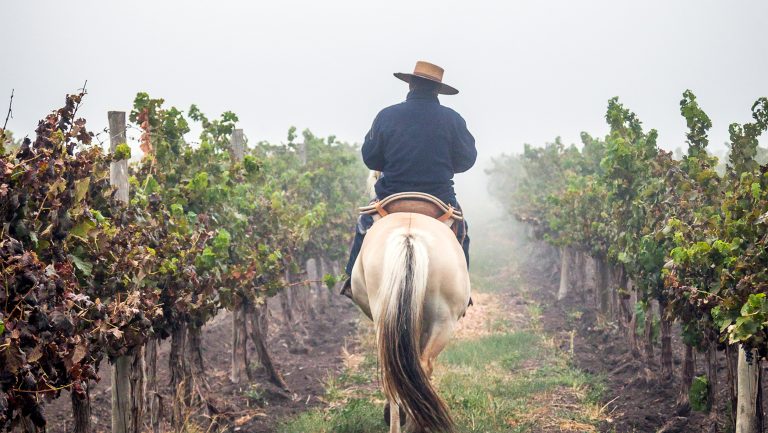
The science behind horses’ impact on soil and vineyard health—and why some growers around the world are bringing back this traditional, yet difficult, way of farming
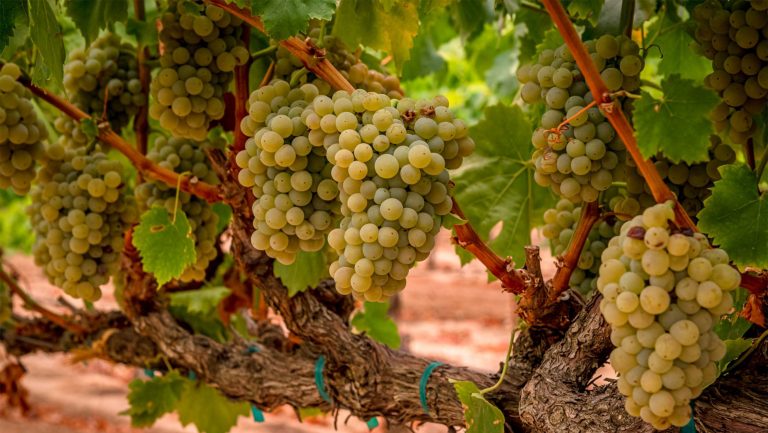
In France and the U.S., winemakers are moving from fresh and zippy to richly textured, age-worthy styles with this rising star white grape